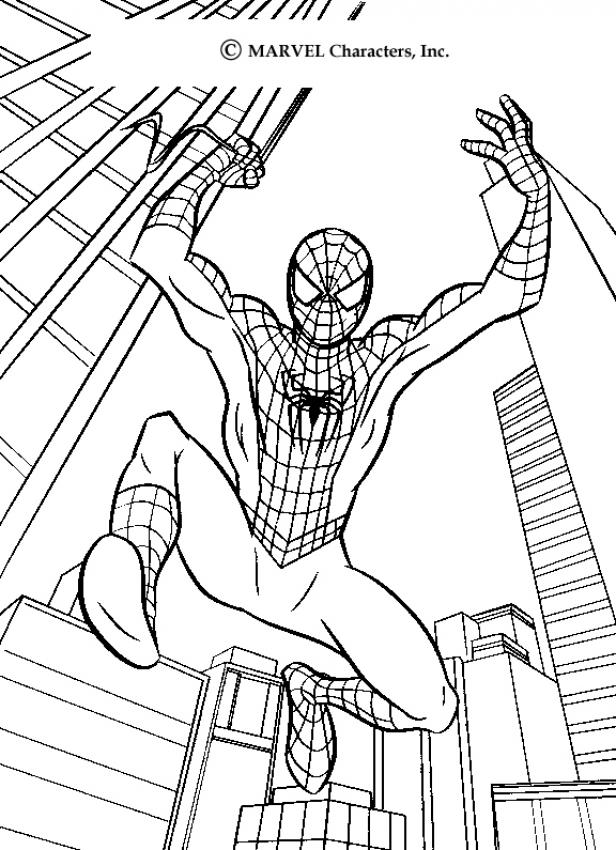It feels clean at first, but on your way to work, you'll most probably feel 'unclean', although you could have sworn that you'd washed your entire body properly, without soap. Then, you'd think would soap (or not using it) be the main trigger for the uncomfortable feeling of dirtiness, and would probably wonder how did the ancients survive without soap.
We are here to answer part one of the question.
 | |
| That's a 'bar' of soap. |
Before that, let me tell how how does soap work. Soap is made of two chemicals: a fatty acid and a base, that are attached to each other. The fatty acid end is hydrophobic, it latches on to anything else but water, so it sticks to the dirt on your skin. The base end is highly hydrophilic, and when you rinse your body with water, the base end pulls the fatty-acid with it, and all dirt with it, leaving you with clean skin.
Let's get back to where we were. Besides the obvious fact that soap washes away dirt particles away, the surfactant nature of soap actually makes water wetter.
You ask: how can water be wetter when it is already wet?
Surface tension.
Surface tension is the term for the attractive force that results from the attraction of molecules in the liquid to each other. Such a force must of course be present - otherwise the molecules would fly away and return to the gaseous state. For most liquids, this force is a relatively weak electrostatic force (van der Waals attraction). This force is not too strong, for the liquid molecules must be able to move past each other and occupy the volume of a container whereas a solid would not.
A surfactant is a long, skinny molecule with different chemical groups at either end. Electrostatic interactions result in one end of this molecule sticking to water, while the other end is repelled(read the above illustration in the paragraph below the soap-controller). The molecule is fairly unyielding, and a large collection of such molecules will orient themselves so that all of the regions that are repelled by water are pointing in one direction.
This interferes with the water-water bonding at the surface of the water layer, and reduces the cohesive force between the molecules that was the source of the surface tension.
TL;DR: Soap helps one clean up by reducing the surface tension of water so that it can make direct contact with the dirt.
References:
The Physics of Superheroes, ISBN 9780715639115
Wikipedia.org http://en.wikipedia.org/wiki/Micelles













